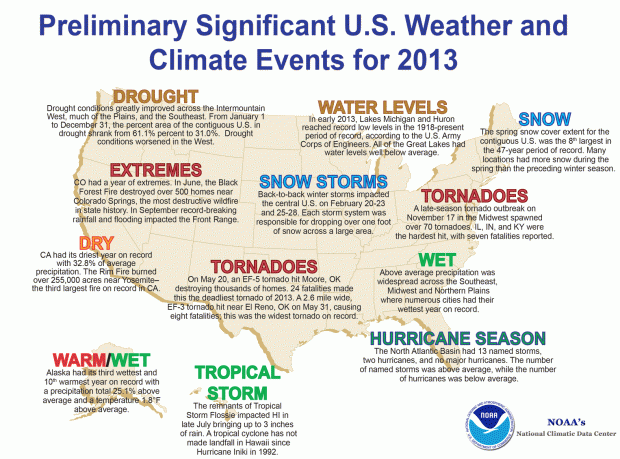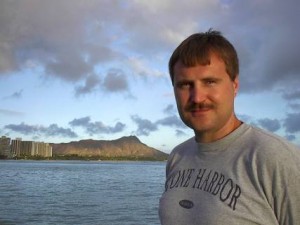Why We Could See More Cold Snaps in a Warming World
As Central and South Texas see ice, sleet and freezes for the second time in a week, climate change skeptics have taken to Twitter to express their disbelief:
Y’all know how I know #GlobalWarming (aka #ClimateChange) isn’t real!? In Texas, we’re getting snow & ice w/ in hours of 80 degree weather.
— Ydur (@YdurZatara) January 27, 2014
Here’s a shovel-full of @algore‘s #GlobalWarming BS on the Texas Gulf Coast. Finally warmed up to a toasty warm 31*! pic.twitter.com/opAbOmmEKX
— Vern Demerest (@TxAv8r) January 24, 2014
Possible snow here in Galveston County Texas tonight??? Must be global warming. Liberals really are idiots
— Duane McConathy (@McConathyDuane) January 27, 2014
Despite the dropping temperatures and extreme cold weather events like the Polar Vortex earlier this month, the science hasn’t changed on global warming. University of Texas at Austin atmospheric scientist Dr. Ned Vizy says that more extreme cold snaps are actually a predictable symptom of an warming climate.
“Over the past decade or so, you’re seeing a greater occurrence of these extreme events such as cold snaps, the tornado outbreak up in Oklahoma, the droughts,” he says. “In reality, this is what you’d expect to see under a warmer climate state.”
Vizy’s work at UT’s Department of Geological Sciences focuses on the relationship between extreme weather events and climate change.
“You’re seeing signs of climate change that many scientists have identified and are continuing to work to better understand,” he said of recent extreme weather.
According to the National Oceanic and Atmospheric Administration (NOAA), 2013 was the fourth warmest year since 1880, when globally-averaged temperatures were first recorded. At the same time, December was the 21st coldest on record for the United States and the coldest December since 2009.
“You can’t assign, for the entire globe, one set outcome,” Vizy says. “There’s a lot of smaller-scale structure that you have to understand, but in terms of an overall temperature pattern, globally, you’re going to see a warming. The regional implications of that vary quite a bit.”

Courtesy of the National Oceanic and Atmospheric Administration
A visualization of the significant weather and climate events in the U.S. in 2013.
Snow in Austin in January isn’t a sign that climate scientists are wrong about rising global temperatures, so why are many people quick to dismiss global warming when the temperature dips below freezing?
“Most people are most familiar with weather, because that’s what you see everyday,” Vizy says. “Climate is on a longer timescale; you’re looking over decades to centuries to try to understand climate.”
Though the tweets can be read in jest, Vizy says it’s no laughing matter. Misinformation about the effects of climate change—and what a cold snap actually means—can be particularly dangerous while trying to plan for the future.
“Swaying the public opinion is very important in the U.S. You see that all the time,” he says. “Climate change is no different than that. If you have a lot of naysayers, it’ll sway what actions get done or what funding resources are allocated.”
